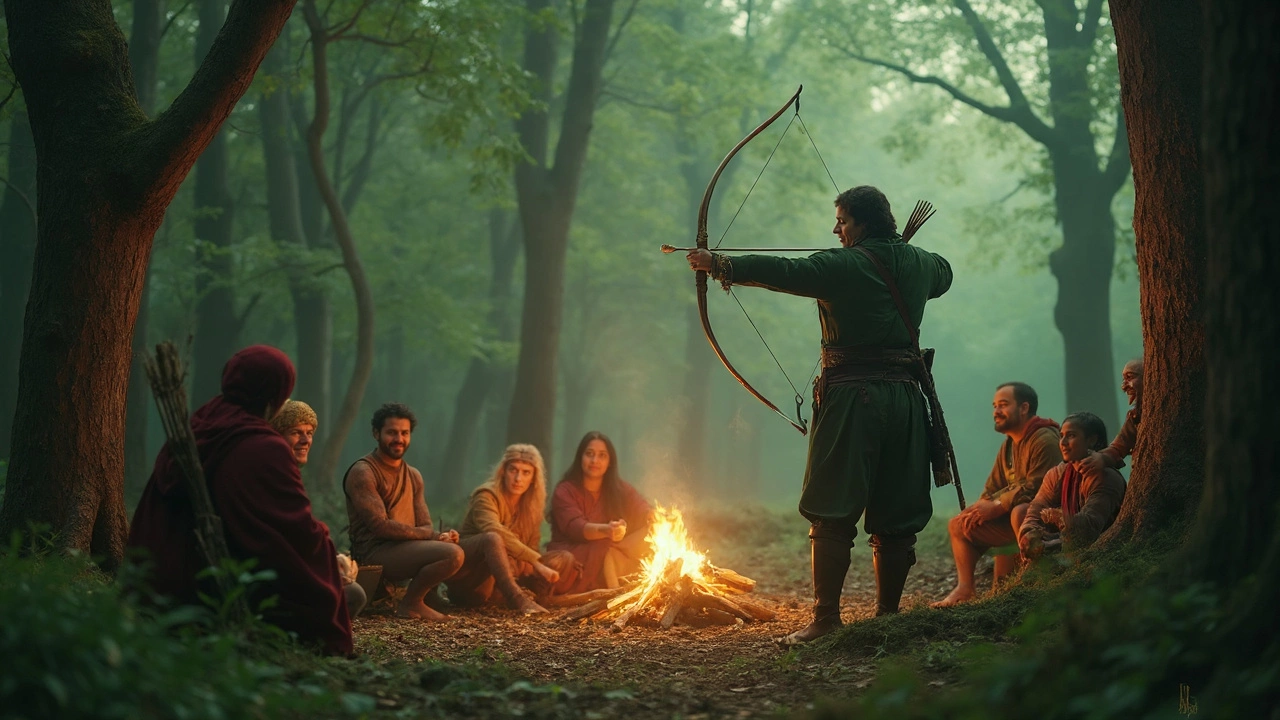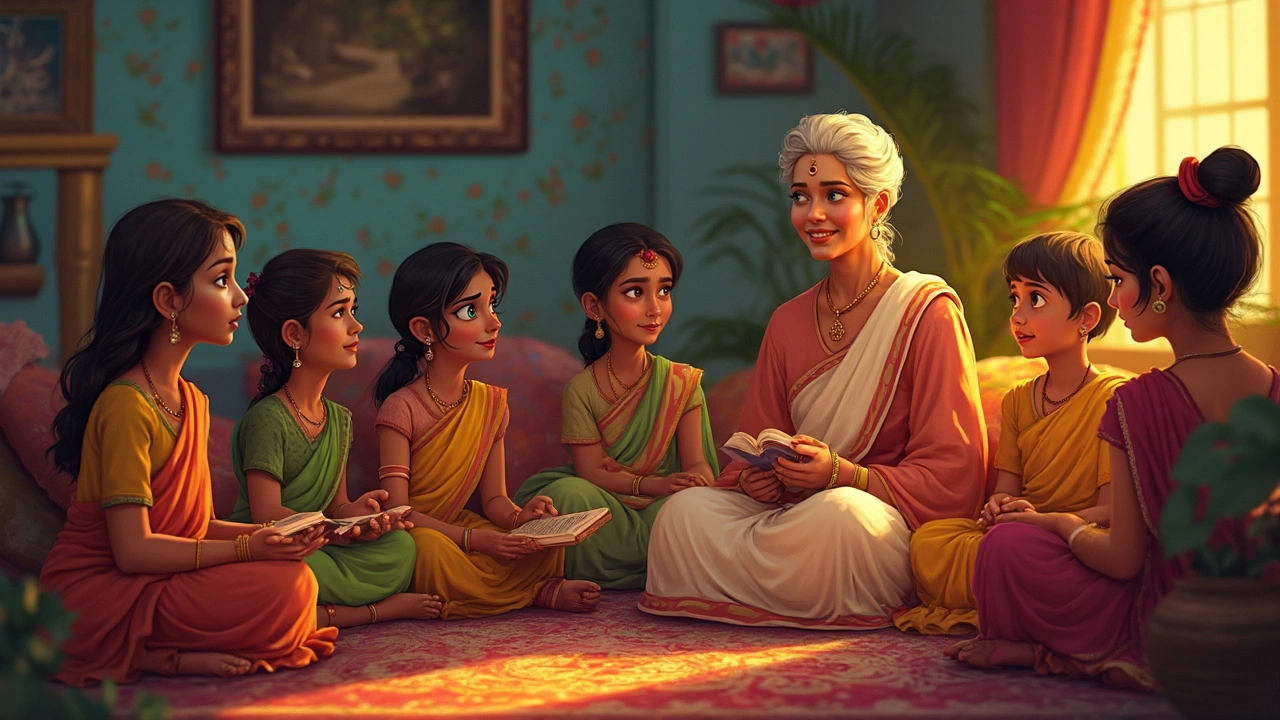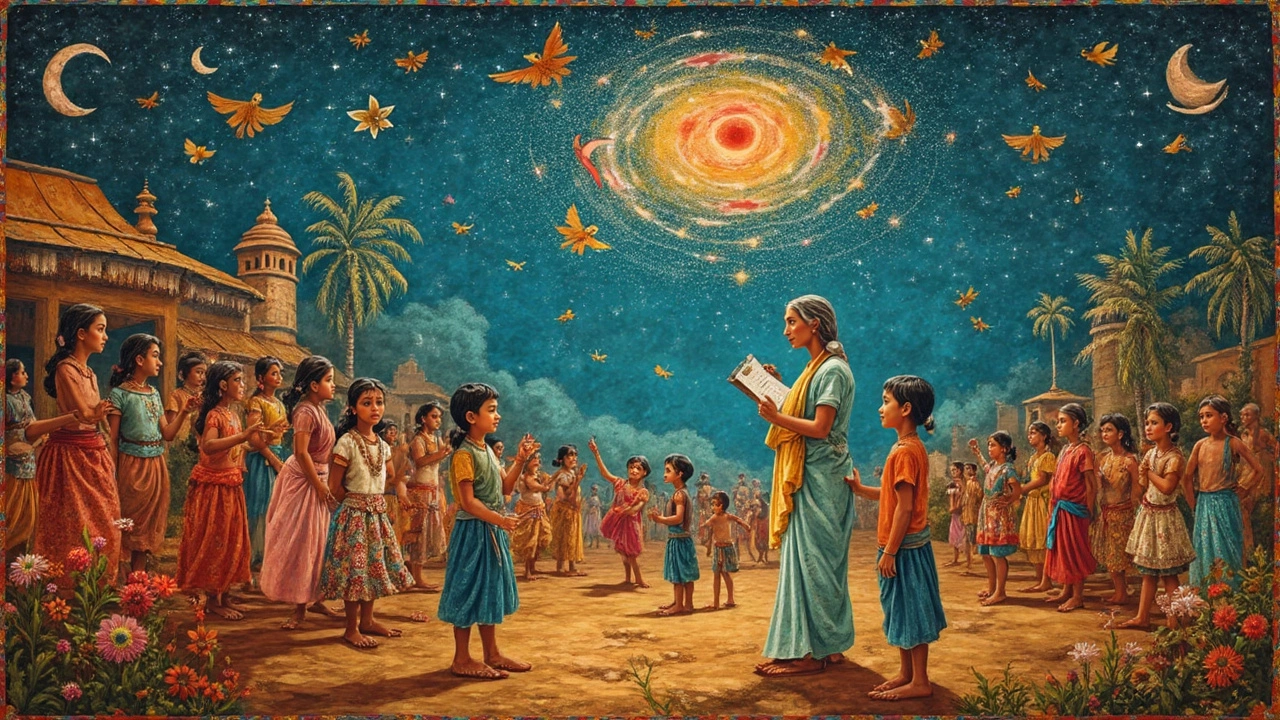Cultural Narratives: Stories That Shape Who We Are
When we talk about cultural narratives, the shared stories, myths, and traditions that define a group’s identity and values over time. Also known as collective storytelling, these are the tales passed from generation to generation—not just in books, but in songs, rituals, and everyday conversations. They’re not just history. They’re how we make sense of belonging, loss, power, and change. Think of the stories your grandparents told, the folktales that taught you right from wrong, or the novels that made you feel seen because they reflected your world. These aren’t random plots—they’re cultural DNA.
Historical fiction is one of the strongest carriers of cultural narratives. Books like those exploring colonial India, post-independence struggles, or rural life in the 1950s don’t just describe events—they show how people lived, loved, and resisted. These stories give voice to silenced perspectives and challenge dominant histories. And it’s not just about the past. Modern novels use cultural narratives to explore identity in today’s India: urban vs. rural, tradition vs. globalization, caste vs. aspiration. The emotional truth in these books comes from real lived experiences, not just research. When you read a novel where a character grapples with arranged marriage, language loss, or reclaiming a forgotten dialect, you’re not just reading fiction—you’re stepping into a living culture.
These narratives also connect to how we understand ourselves. Why do so many adults read YA fiction? Because it often taps into universal coming-of-age themes rooted in cultural expectations. Why does dark romance resonate? Because it reflects real power dynamics shaped by societal norms. Even books about space or suspense can carry cultural narratives—through how characters speak, what they value, or how they solve problems. It’s not about the setting. It’s about the unspoken rules behind the actions.
What you’ll find below is a collection of posts that dig into these layers. From how historical fiction builds empathy to why certain stories stick with us longer than others, these articles don’t just talk about books—they show how books keep cultures alive. Whether you’re curious about myth, memory, or modern identity, these stories will make you think differently about what you read—and why it matters.
What Is the Ultimate Purpose of a Narrative?
Narratives aren't just stories-they're the invisible frameworks that shape identity, culture, and action. From myths to movements, they give meaning to chaos and connect us across time.
Robin Hood: Myth or Legend? Sorting Out the Story
Robin Hood is a name everyone knows, but is he real, a myth, or a mix of both? This article breaks down what counts as a myth and what counts as a legend, digging into the facts and the fiction around Robin Hood. You'll get the latest research, details from old records, and what keeps his story so alive today. Get ready to dive into the fascinating world of England's most famous outlaw—arrows, green tights, and all. By the end, you’ll know why this story sticks around and what historians really think.
Understanding the Role of Cultural Narratives
Cultural narratives are key to shaping our beliefs, behaviors, and sense of identity. These stories, passed down through generations, help us make sense of the world and our place in it. They influence everything from the way we communicate to the values we hold dear. Recognizing their impact can enrich our understanding of different cultures and foster empathy. This article explores how cultural narratives play a crucial role in maintaining societal norms and teaching important life lessons.
Exploring Cultural Narratives: The Three Types That Shape Our World
Cultural narratives shape how we view our world and understand our place within it. These narratives come in three key types: personal, collective, and meta, each offering unique insights into human experience. Understanding them helps us see the world through different lenses and appreciate diverse perspectives. From personal anecdotes to shared histories and overarching myths, these narratives influence our beliefs and behaviors. Grasping each type can uncover rich stories behind cultures and societies.



